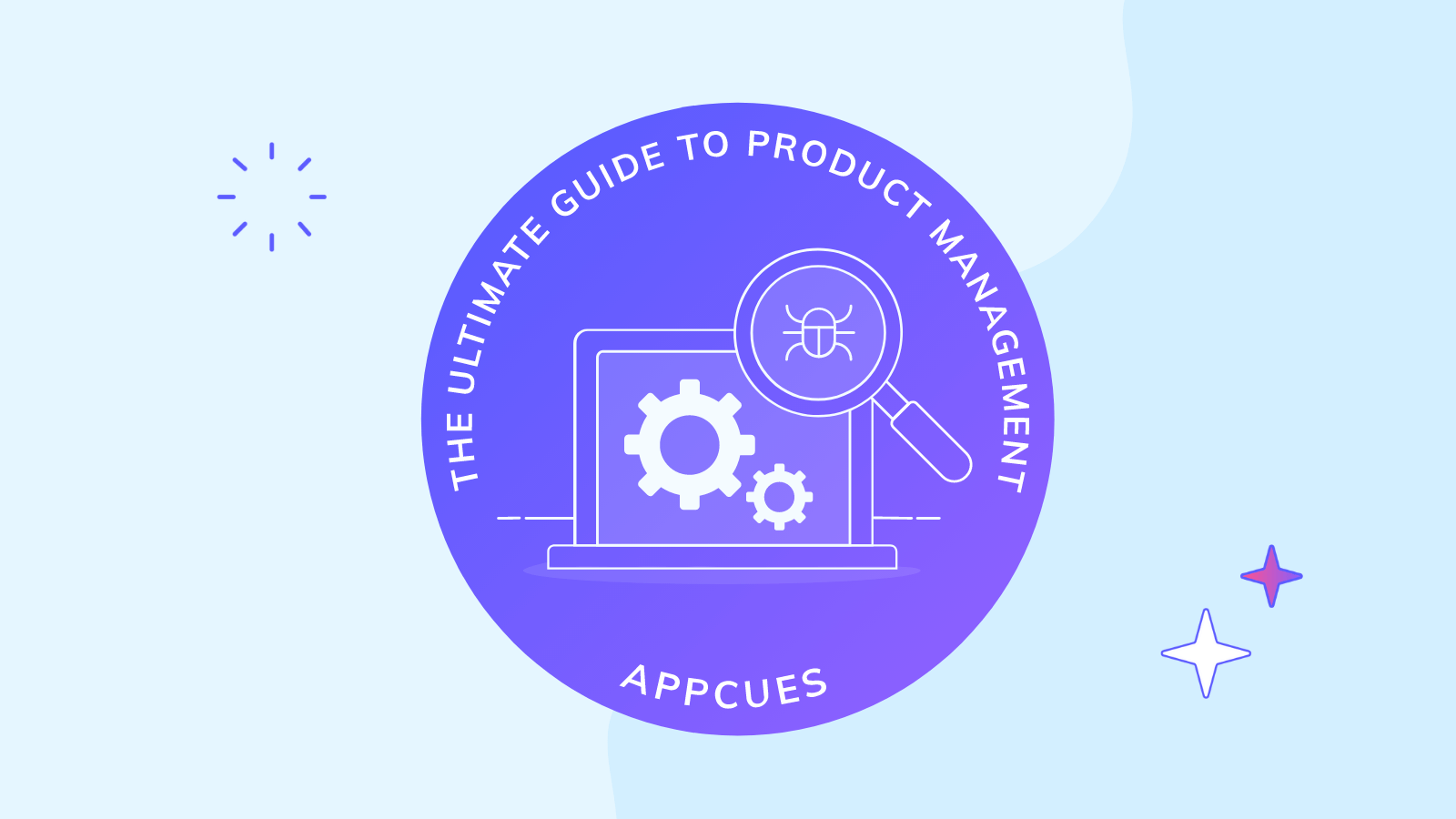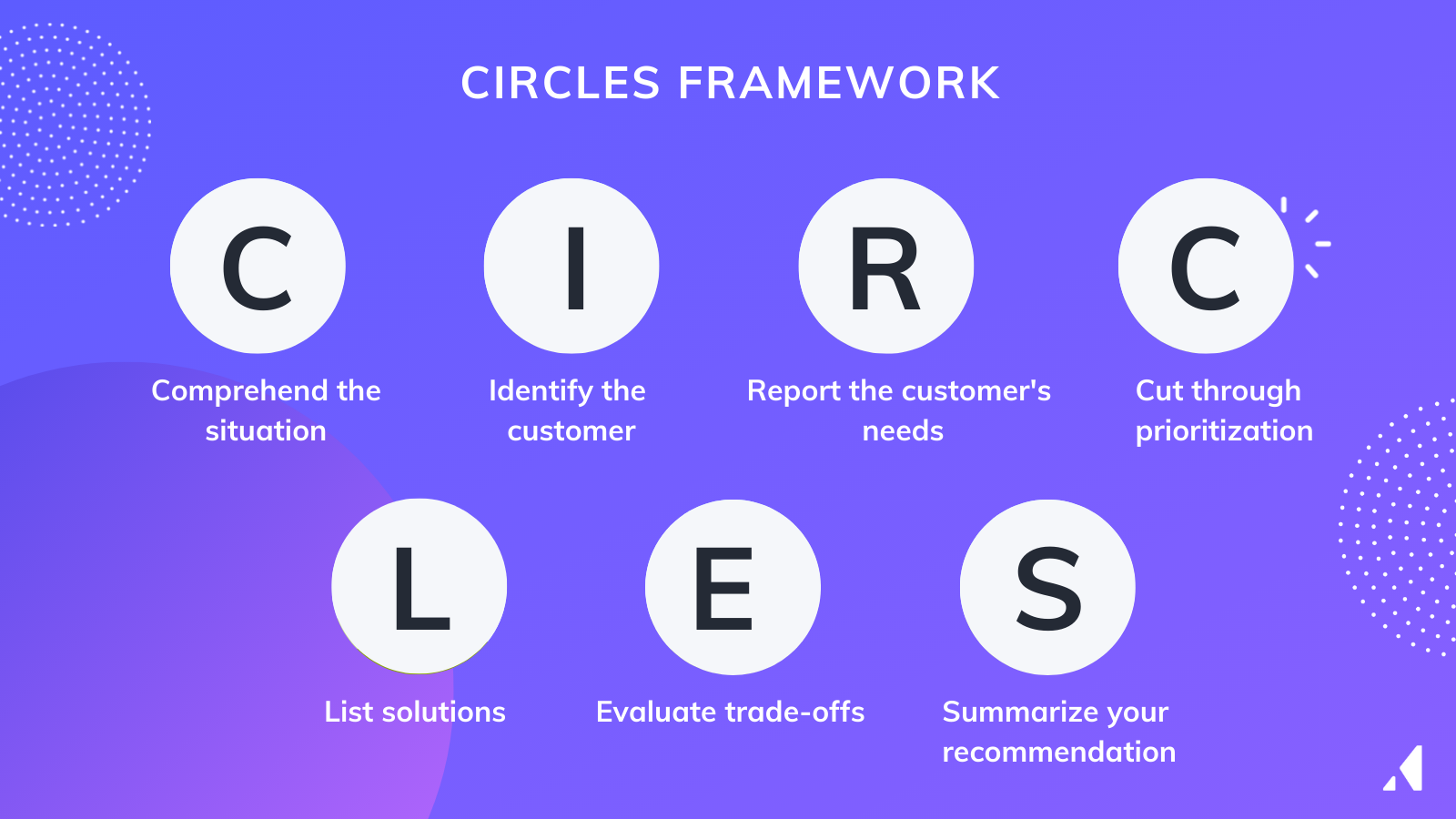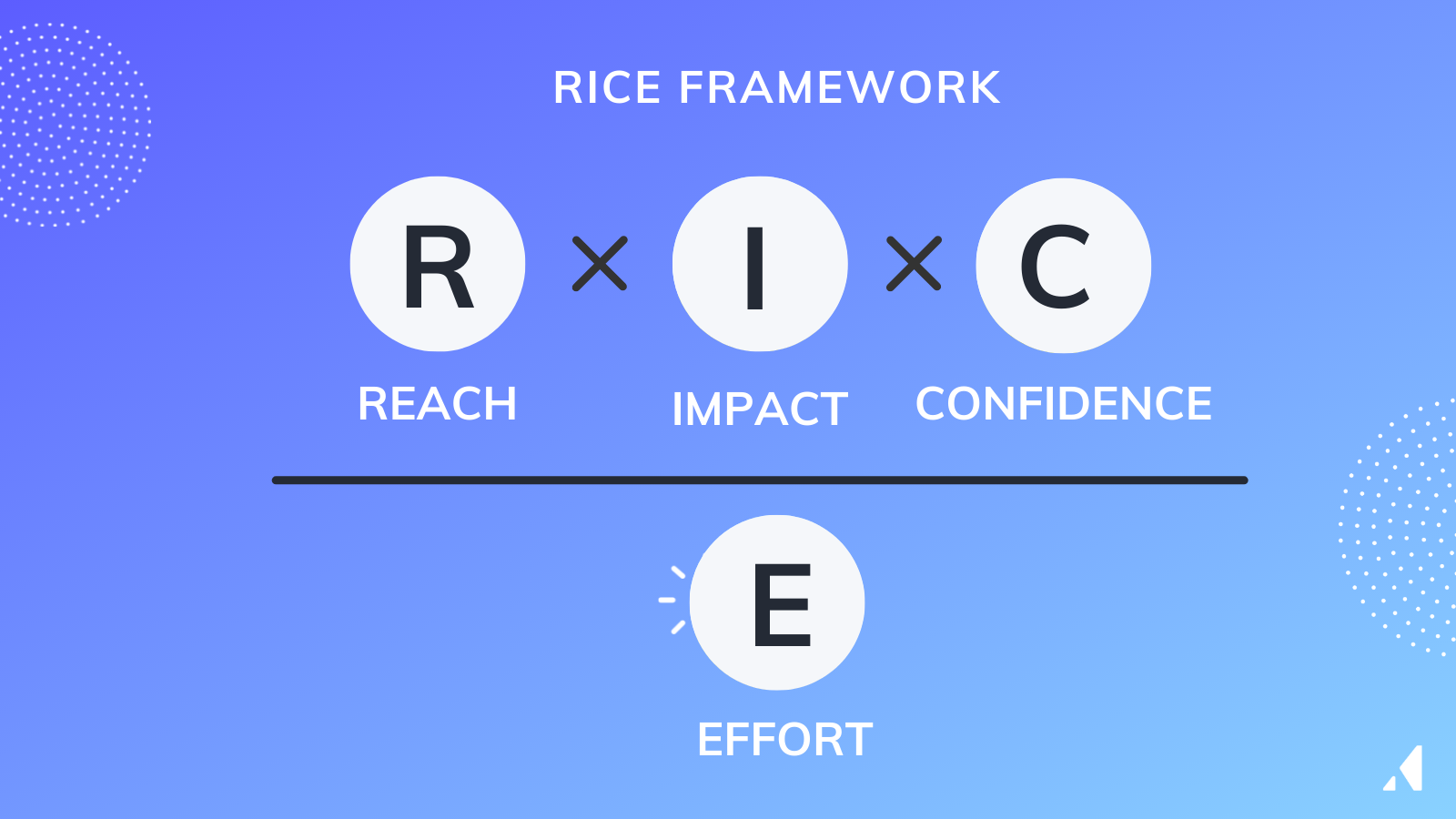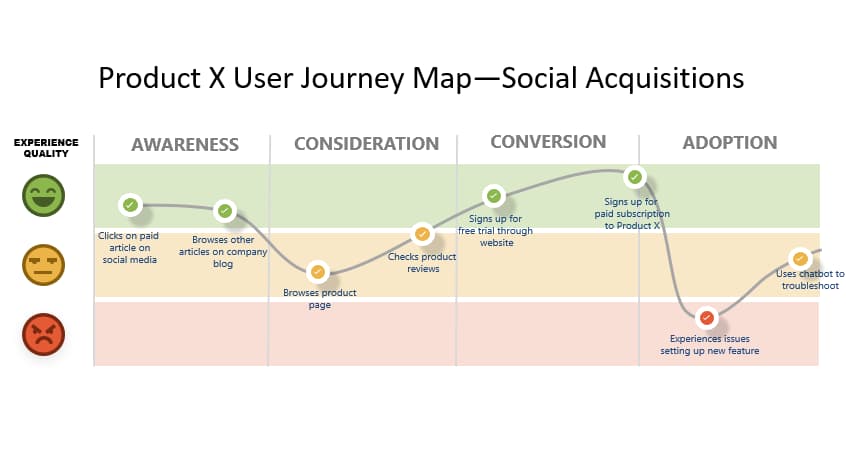12 product management frameworks (and why you’ll love them)

.png)

.png)
Work smart, not hard. It’s more than a Boring Business Platitude (henceforth known as a “BBP”)—it’s also the goal of any product management framework. After all, a good PM framework is all about developing more efficient processes. By following a set of prescribed series or an overarching, high-level work philosophy, you can coordinate your team so that every step you take and every hour you work moves the product forward.
The rub is figuring out which direction and frameworks are suitable for your team. Every team and product is different, so what is best for 1 might not be for others. This guide will introduce you to 12 of the most popular product management frameworks for SaaS companies. Hopefully, you can find or design the framework your product and team need—to unlock your team’s potential, drive sustainable growth, and make every work hour count.
The product-led growth framework is about improving your product’s ability to attract new users and convert them into product advocates. The stages of product-led growth are:

Using these stages, PMs should tailor messaging and flows to encourage users to make their way to the next stage in the flywheel until they reach advocacy.
Why you’ll love it: Sustainable growth is the white whale of most SaaS products. The product-led growth framework offers a solid solution by reducing churn and giving advocates the tools to introduce new users to the top of your funnel.
Learn more: Learn how to reduce churn with our guide to product adoption.
The North Star metric framework takes a very Sauron-esque approach to analytics—prioritizing one metric to rule them all. In this framework, PMs define the metric that most closely aligns with long-term success and then judge all other initiatives on how well they improve that metric.
Why you’ll love it: It boils down the product team’s goal to 1 unambiguous goal—increasing metric X. A single aim gives teams complete clarity on their ultimate goal, so everyone moves in lockstep to improve the product.
Learn more: See how major companies use growth strategies like North Star to find success.
The minimum viable product framework operates under the belief that good products are forged through user feedback. Instead of throwing darts at a board or spending eons designing “the perfect product,” you build your product’s most basic, usable version and then release it to users. You then update the product based on how they react, prioritizing features they want or like.
Why you’ll love it: The MVP framework is perfect for creating a product-market fit because it harnesses the voices of the market to shape your product around their needs. This framework is especially effective for startups because it helps you get your product to market quickly and crowdsources feature priorities.
Learn more: Learn about minimum viable onboarding to complement your MVP framework.
The CIRCLES method aims to get PMs and their teams to think through every feature and product decision they make.
CIRCLES stands for:
By following CIRCLES, PMs can put away their crystal ball and instead follow these 7 steps to find actionable recommendations to improve their product.

Why you’ll love it: CIRCLES gives PMs and their teams a clear framework for handling the most challenging decisions they’ll face. If the team is divided on where to take the product, this framework tells them how to interrogate the issue and present their reasonings to find the right choice.
Learn more: Sketch out your customers by creating personas for all of your most important segments.
The Kano model is all about determining a product’s most important features. It does this by plotting each potential feature on a graph with functionality and satisfaction axes (the x and y lines; not the wood-cutting tool). For example, seat belts would be high functionality and low satisfaction in a car, while Pong on the touchscreen would be the opposite. After plotting features on the Kano board, PMs can find the best high-impact, low-lift priorities to get out the door first.
Why you’ll love it: Product teams only have so much time. The Kano model makes it easy to create visual representations of your priorities so that you focus on both the most functional and sensational aspects of your product.
Learn more: Get users to embrace your new features with our guide to feature adoption.
Google designed the HEART framework to help put user experience front and center in its team’s design process. HEART breaks down to:
For each of these categories, you need to set a goal that directly contributes to happiness, engagement, etc., and a metric to determine how well you’ve succeeded.
Why you’ll love it: Software UX is sometimes hard to quantify, and often feels subjective. The HEART framework forces PMs to think about these 5 major UX tenants and build them into every piece of software they create.
Learn more: Take a crash course on crafting UX writing that’ll wow your users.
SOAR stands for strengths, opportunities, aspirations, and results. It’s depicted in 4 quadrants, with the top 2 showing your business’ realities (strengths and opportunities) and the bottom 2 focusing on goals (aspirations and results). PMs can then fill in the 4 quadrants to create a synopsis of where your product is now—and where it could be in the future.
Why you’ll love it: SOAR makes it easy to tell a story about a product. Although it’s high-level analysis, it helps PMs easily elucidate a product’s positioning—and convince stakeholders of where they can go.
Learn more: Figuring out the results of specific features can be challenging without the right tools. Learn how to make that easier with our in-depth guide to feature adoption metrics.
The RICE framework helps PMs prioritize their product roadmaps based on a specific score. The total score is calculated by adding Reach, Impact, and Confidence scores and dividing it all by Effort. Although these concepts are a tad nebulous (and hard to put a number to), they force PMs to consider the risks and rewards of specific features or initiatives. This way, they can allocate resources to the most promising ones.

Why you’ll love it: This framework is incredibly flexible, allowing PMs to adopt concepts to fit the specifics of your product. For instance, Reach could mean sign-ups, purchases, or users affected by a new feature or update.
Learn more: There’s more than 1 way to set your product goals. Learn more in our guide to setting roadmap priorities.
Design sprints aim to fit as much prototyping and product testing as possible into a 1 or 2-week timeframe. Teams come together to rapidly test and devise solutions to whatever problem the design sprint is trying to solve. If all goes right, the sprint should end with a tested product ready to go into development.
Why you’ll love it: Instead of betting it all on a single, untested idea, companies can use design sprints to try out numerous solutions so that they can confidently go into development.
Learn more: New designs need user feedback—1 way to get that is a good old-fashioned Drunk User Testing Day.
You can learn a lot about your customers by walking a mile in their shoes. We don’t condone shoe theft, so user journey mapping may be the next best thing. In the user journey mapping framework, PMs tell a story about their customers using their pain points, feelings, or even life stories.
With this info, your team can gain alignment on their ideal user and what they need. That way, every new idea gets filtered through the lens of that journey. Irrelevant ideas get discarded for something else.
Why you’ll love it: Some PMs and team members prefer less analytical frameworks—they don’t need math disguised as a cool acronym. Instead, user journey mapping allows them to get into the feelings, motives, and even drawings of the people they’re building a product for.
Learn more: User journey mapping requires a solid understanding of the journey your user will take. Learn about how users typically pick up a new product with our guide to the product adoption curve.
The product squads framework is based on the agile methodology, and it works by creating small, independent teams with a dedicated goal or mission. By splitting teams up and giving them autonomy, they can stay lean and mean, focusing on getting more done and not staying up to date on company info they don’t need.

Why you’ll love it: Bureaucracy kills efficiency. Creating independent teams that are laser-focused on their goals encourages more productivity and less time wasted on context switching and meetings.
Learn more: Encouraging growth is always at the top of SaaS PMs’ job lists. Learn how to ignite growth in your product with these tips.
Personalization is king in SaaS, so why not go for a personalized product management framework as well? Follow these 3 steps, and you’ll be well on your way to crafting a framework that uniquely harnesses your team’s abilities and realizes your product’s goals.
With those 3 steps done, all you have to do is come up with a cool name to cement your place in product management history.
Frameworks are just 1 option in a PM’s toolkit. Once you’ve nailed down the frameworks that make sense for you and your team, it’s time to think about the actual tools and skills you’ll need to bring your product to new heights. Take that next step with these Appcues’ guides: